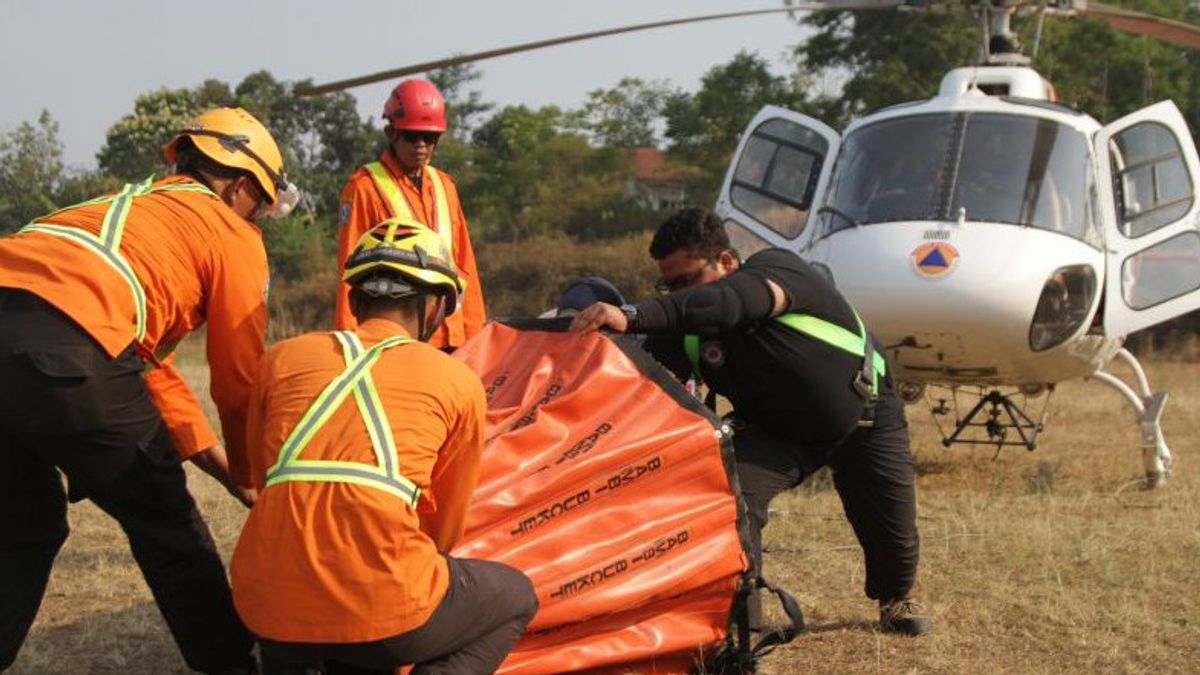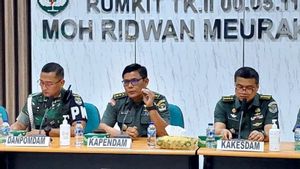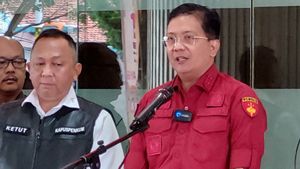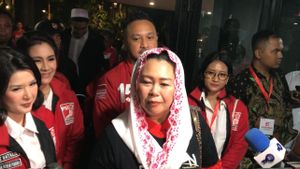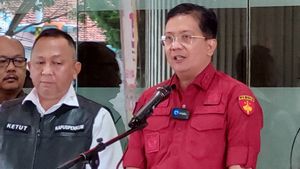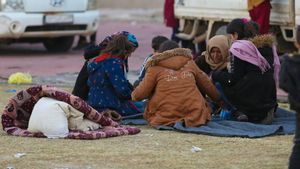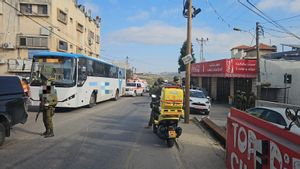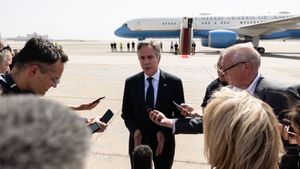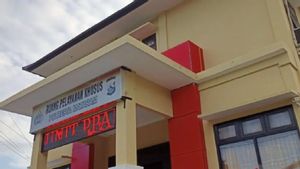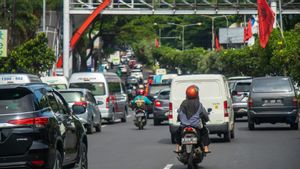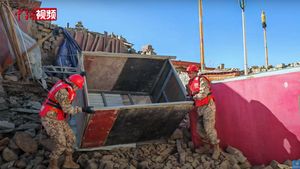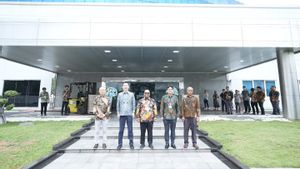Head of the Disaster Data, Information and Communication Center of the National Disaster Management Agency (BNPB) Abdul Muhari explained that the blackout of forest and land fires (karhutla) Gunung Arjuno, East Java, optimized water sources in surrounding hotels.
This, he continued, was because in mountainous areas it was very difficult to find water sources, so the water bombing helicopter took about 20-30 minutes to go back and forth to collect water.
"Because there is very little availability if we see mountains, it is very difficult for small lake reservoirs to be in mountainous areas. Like the Arjuna area we take from the swimming pool of one of the hotels there, so we can imagine the effort (so that) the effort is quite extraordinary," Abdul said in the Disaster Briefing reported by ANTARA, Monday, September 11.
Abdul said that for almost two weeks the Air Task Force had extinguished the fire and is currently still showing escalation.
Head of BNPB Lt. Gen. Suharyanto on Friday (8/9) directly observed the blackout of Mount Arjuno's forest and land fires, and at that time 80 percent of the surface fire was declared extinguished.
SEE ALSO:
However, the hot weather can still affect the heat from the burning trees that still store the coal. The wind became a catalyst for the re-spread of fire.
"Last Friday there were still several hotspots on the side of Batu Malang City, which Singosari had begun to be controlled," said Abdul.
The burned land area from the entire area of Mount Arjuno has reached approximately 4,796 hectares.
The English, Chinese, Japanese, Arabic, and French versions are automatically generated by the AI. So there may still be inaccuracies in translating, please always see Indonesian as our main language. (system supported by DigitalSiber.id)
